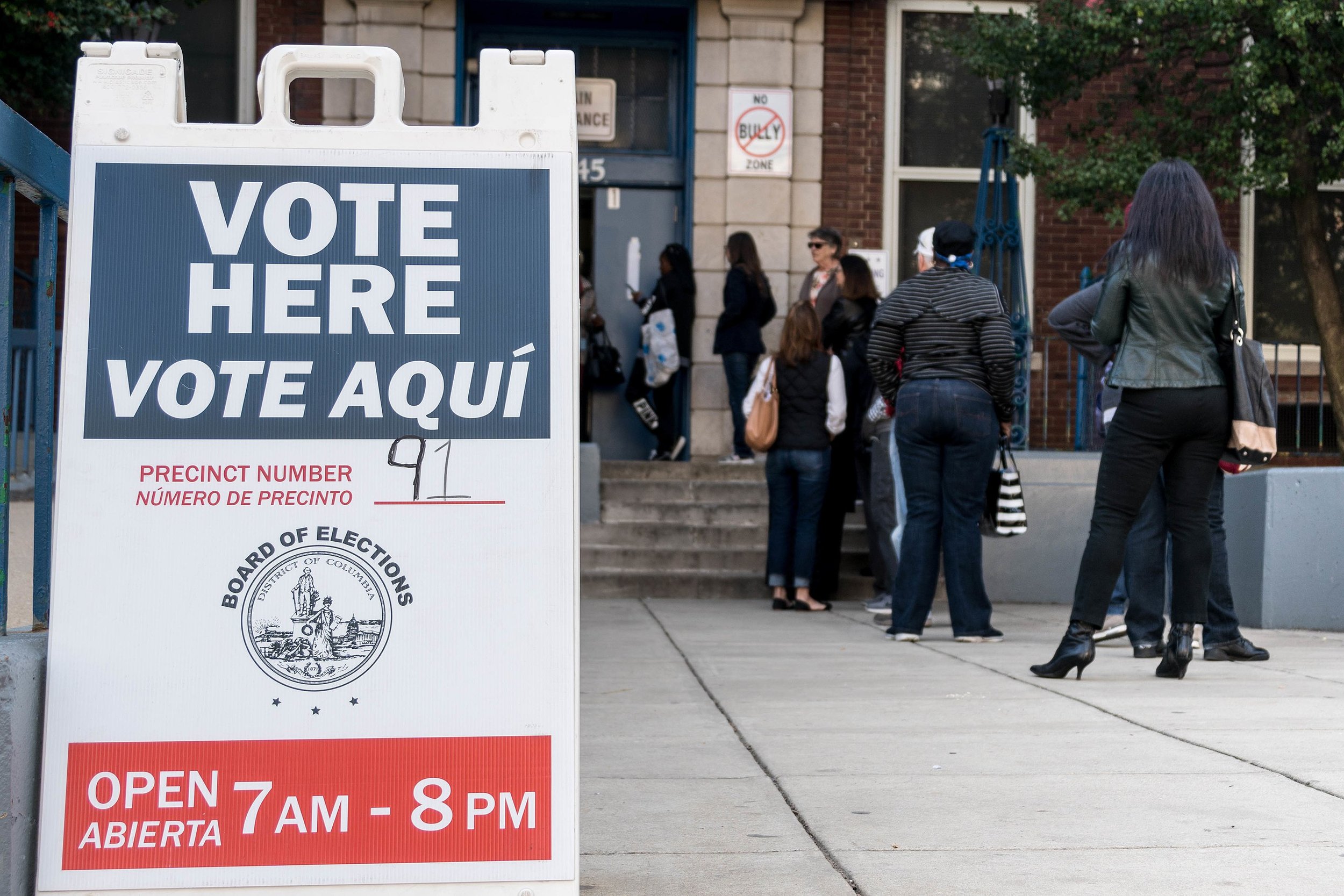Predicting the likely electorate with high accuracy
Our General Election Turnout Model provided the most accurate projection of actual voter turnout in 2020 compared to other national turnout models.
Built two versions of the Clarity 2020 Turnout Model over the course of the cycle that proved to be indispensable and highly accurate for field targeting, election projections, and poll weighting.
Made improvements to our turnout modeling methodology in 2020, including adding primary vote history to the model more quickly, incorporating voting law changes in states, and building sub-modeling on individuals likely to move addresses before the election.
The Challenge
In every election, knowing who is likely to turn out to vote is critical for field programs, polling accuracy, and knowing where the race stands. Relying on previous vote history alone is not sufficient for field targeting. Simply asking voters if they plan to vote is not sufficient for polling. Measuring support for a candidate is not sufficient for understanding what the outcome of an election will be on Election Day. Clarity’s turnout models address all of these issues to provide campaigns with a key strategic tool for understanding the dynamics of the electorate and informing resource allocation decisions.
Clarity’s Solution
While many view turnout models as standard fare, we made significant advances in our approach to turnout modeling in recent years that led to our national score being the most accurate available from any source in 2020. Our approach goes beyond simply modeling turnout based on vote history and includes efforts to predict turnout surges, better understand people without vote history, sub-modeling on people likely to move addresses before the election, improved handling of temporal variables, incorporating Primary vote history more quickly during the election cycle, and including voting law changes in each state, among other innovations.
Not even the best model can be a perfect predictor of turnout - new voter registrations on the file may not have turnout scores applied by Election Day, a shortcoming that is multiplied in states that allow Election Day voter registration. Despite these challenges, Clarity has been able to build highly accurate turnout models by ensuring every model is built by a political data expert with complete visibility over the model’s variable usage and rules and by taking great care to make state-specific adjustments to our national models to account for differences in state election laws and other quirks.
The Results
The Clarity 2020 General Election Turnout Model provided the best projection of actual voter turnout out of several national turnout models used by various political organizations and campaigns in 2020. Not only for projecting the total number of votes, but also for rank-ordering how likely each individual registered voter was to turn out to vote in November.
Insight
Turnout models—when built well—are largely accurate for projections and voter targeting and help to avoid some of the noise of polling different samples. Going beyond simple inputs like vote history and investing time and effort into methodological advances has made Clarity’s turnout models more useful and more true to Election Day realities.
Go beyond surface-level data. Reach out to learn how.
From electoral campaigns to mission-driven organizations, we’ve helped our clients reach the right people, solve big problems, and forge a path to victory.

